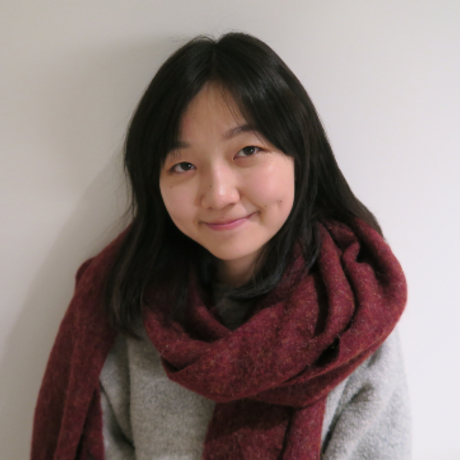AiliA
AiliA is a 3D perspective puzzle game where you use the reflected image of the mirror to solve puzzles. This game’s puzzles will be designed using the knowledge of optics and properties of the mirror. The puzzle solving process will also tell a story about the main character Ailia. ...learn more
Project status: Under Development
Overview / Usage
Overview
In the game, players need to guide the protagonist, Ailia, to the destination in order to move forward, as well as control the mirrors (move, rotate, etc.) to make walkable path for her. The reflected image of the path is walkable as long as it is connected with the real-world path, which means the mirror is able to bring Ailia into the world inside the mirror. Ailia can interact with anything in the mirror as if they’re real. For example, you may activate the reflection of a trigger in the mirror. The story of AiliA tells through chapters, in which each introduces a new type of puzzle, such as adding triggers that cause reconstruction of platforms and water surface serving as an alternative mirror.
The main goal and challenge for players would be understanding the property of reflection and acquire proper mirror image by manipulating (move, rotate, etc) the mirror.
Art Style
The art style we are aiming towards is simple with a fair amount of details. The character and her surroundings will be in soft-edge shapes with a smooth surface.
Design Goals
Level Design: Learn from optics and explore the potential of the concept of “reflection” as the game’s main mechanic to design puzzles creatively. Thanks to NYU for connecting our team with a science advisor from NYU Tandon, whom we had a inspiring conversation about beautiful shapes created by optics tricks. We also uses grid papers and square-shaped mirror to paper-prototype more levels.
Visual design / Tech Art: The level design using mirrors sometimes lead to visual bugs which might confuse the player, such as a little gap between the connecting path of the real-world and the world inside of the mirror which might appear in some scenario. The problem is always solved by adjusting the design of the level or redesigning the environment to bridge the gap visually.
Methodology / Approach
Since we only got two team members working on this project, all the communications are straight-forward one on one conversations. Besides the strong tech/mental support from the NYU Game Center's faculty and classmates, we would frequently refer to the online unity API site and Maya user handbook when there's any tech issue.
Technologies Used
All the development works are done in** Unity**
Autodesk Maya for modeling, rigging and character animation
SourceTree and Github for version control
Trello for productivity management
Slack and, of course, Zoom for communication with team members / professors/ advisors
Adobe Photoshop for all the graphic designs
Other links
Collaborators
There are no people to show.












